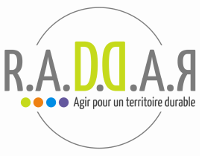Workflow management rules are a set of policies and processes that govern the process of completing a workflow. They specify which steps can be completed and when. This allows the workflow to follow the most efficient path. When a business uses a structured workflow to automate its most repetitive and routine tasks, it frees employees’ time to concentrate on strategic projects.
Workflows are offered in various formats that can be used for any project. For example a sequential workflow is one in which the following stage cannot begin until the prior one is completed. This is a typical workflow in expense management where employees are reimbursed by receipts and authorization for payment.
A state-machine work flow an arrangement of activities that occurs on the product in a certain sequence. Each action shifts the product into a distinct state, like « being completed » or « being written ». Workflows that are state-machine-based can include additional rules, like the if-this-then-that logic, which determine the flow of the process.
Parallel workflows permit multiple steps to be taken simultaneously to achieve a goal, like sending the garment to a customer when the company has confirmed that it is available. These steps can all be automated using an application for workflow.
With the right tools for managing workflows it’s easy to develop and manage structured processes that optimize productivity, accountability, and efficiency. By streamlining communication and ensuring that everyone in the team is aware of their roles and responsibilities, and have a clear map of their roles, managers can remove the confusion that leads to delays in projects and deadlines.
www.managingworkflow.org/2019/11/09/workflow-management-rules-and-tools/
